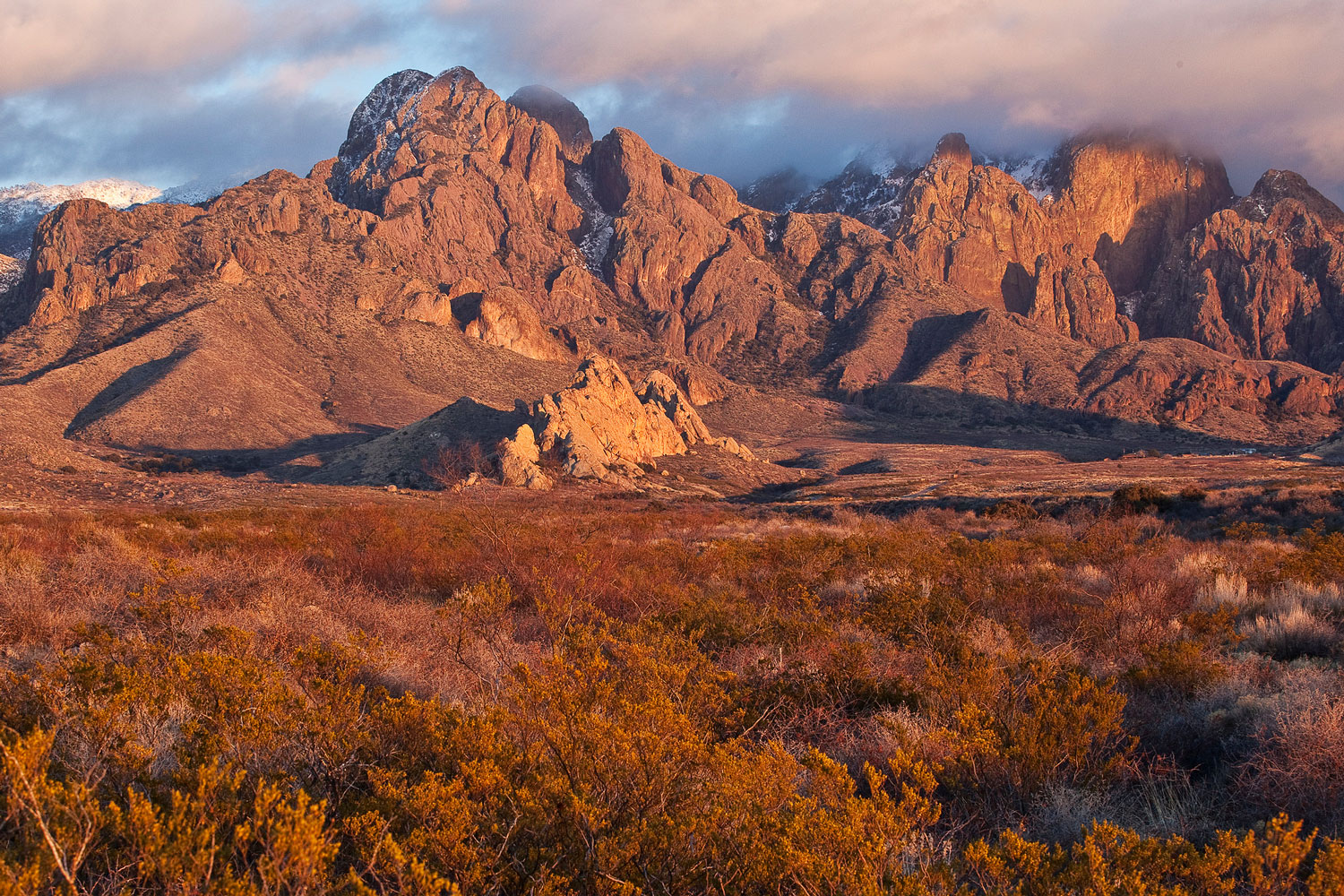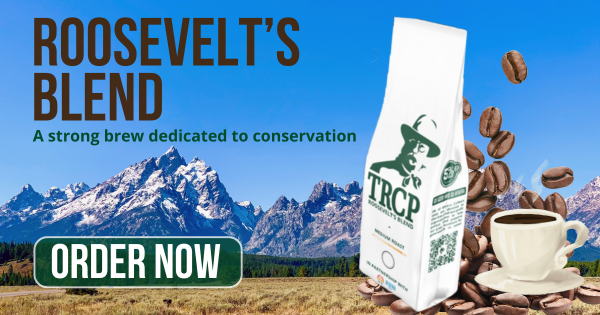How CRP delivers “duck factory” products nationwide
The national Conservation Reserve Program is 30! The CRP was signed into law by President Reagan as part of the Farm Bill on December 23, 1985, to help agricultural producers to voluntarily conserve soil, water, and wildlife. The TRCP and our partners are celebrating the 30th anniversary of CRP throughout 2016, by highlighting the successes of this popular bipartisan program—regarded by many as the greatest private lands conservation initiative in U.S. history. Here on our blog, we’re devoting a series of posts to the critters that have seen tremendous habitat benefits: upland birds, wild turkeys, waterfowl, and freshwater fish. CRP works for wildlife, and it works for sportsmen.

Land enrolled in the Conservation Reserve Program can currently be found in 47 states and Puerto Rico, but nowhere is the program as important to waterfowl as in the Prairie Pothole Region.
The PPR—covering parts of Iowa, Minnesota, the Dakotas, and Montana before extending north into Canada—is a globally unique ecosystem of wetlands and grasslands, formed when the glaciers retreated 10,000 years ago. Millions of depressions that became “pothole” wetlands, intermixed with lush grasslands, make up some of the world’s best migratory bird nesting habitat.
Waterfowl do nest elsewhere, of course, but there’s a reason the PPR is called North America’s “Duck Factory.” It’s estimated that as much as 70 percent of American waterfowl—millions of canvasbacks, mallards, pintails, gadwall, teal, and other subspecies—originate in the PPR, and migrate to every state, province, and territory in the U.S., Canada, and Mexico, plus several South American countries. It’s possible that you have a PPR duck or two in your freezer right now!
Threats Are Abundant, Too
For better or worse, however, the unique ecology of the PPR is highly valued by more than just waterfowl. Ranchers have long found the prairie well-suited to raising cattle, and farmers know the soil to be ideal for sowing crops. Today, more than 90 percent of the region is privately-owned, and when crop prices are high, critical habitat is at great risk of being turned into corn or soybean fields.
As of 2009, approximately 61 percent of the 17 million acres of historical wetlands had already been lost, and about 1,500 acres of temporary and seasonal wetlands, disproportionately favored by breeding ducks, continue to be plowed up each year. Grassland—once 80 percent of total PPR land cover—now only comprises about 22 percent of the region, even when you add up native prairie, CRP grassland, and other planted pasture. Nearly all—95 percent—of these total losses have been attributed to agricultural conversion.
When the Conservation Reserve Program peaked at 36.8 million acres nationwide in 2007, just under a quarter of those acres (8.2 million) were located in the PPR and played an outsized role in protecting wetland and prairie habitat. However, as we’ve written about here and here, CRP has decreased over the last several years to just 23.4 million acres (as of November 2015), and the program in the Pothole region has taken a direct hit—only about 6.5 million acres of CRP are currently enrolled across the five PPR states, and not all of that is in “pothole country.” Degradation and fragmentation of the habitat that remains in the region, including existing CRP lands, are major threats to hundreds of wildlife species that live and breed on the prairie.
Ducks Love CRP—and So Do We
There is a lot for sportsmen to worry about when it comes to loss of waterfowl habitat. Thankfully, people are paying attention and providing data we can use to advocate for more CRP in the Prairie Potholes.

Last year, for instance, the Prairie Pothole Joint Venture published a study detailing how to best target CRP enrollment to maximize benefits for migratory birds. The organization’s work builds upon years of research which, in a nutshell, once showed that more than two million waterfowl are produced each year in this region on CRP land alone. That’s equivalent to one-third of the entire U.S. harvest of waterfowl species studied in a single year. Unfortunately, the recent report lowers that estimate to about 1.5 million birds (still a lot of ducks to be thankful for). C
The study also found that all types of ducks preferred CRP over all other cover types, and that nest success was higher in CRP lands than elsewhere.
So what is it about CRP that ducks are so fond of? The answer is fairly simple: The number of waterfowl settling and breeding in the PPR is driven by the number of available permanent, temporary, and seasonal wetlands surrounded by upland grasses. And CRP provides incentives to landowners to protect the very wetlands and grasslands favored by waterfowl. There’s even a special “duck nesting habitat” practice within CRP, only available in the PPR states, which can help landowners to restore wetlands that had once been used for agriculture.
CRP is also often used to help separate wetlands from crop land, allowing perennial grasses and wildflowers to improve water storage in the soil, contribute to cleaner water with lower concentrations of pesticides, and promote increased plant and insect diversity and abundance (read: duck food!). In some documented cases, CRP is providing habitat that is better than public lands habitat managed specifically for waterfowl.
As the Prairie Pothole Joint Venture notes in their report, the CRP isn’t the only tool for private land managers who want to improve their conservation practices, but it is an especially important one in the PPR toolbox. It’s great for ducks and waterfowl hunters nationwide get to reap the rewards. That’s why the TRCP will continue to advocate for a CRP that works for wildlife.
Learn how CRP is benefiting other species in the rest of our blog series.
The study also found that all types of ducks preferred CRP over all other cover types, and that nest success was higher in CRP lands than elsewhere.








